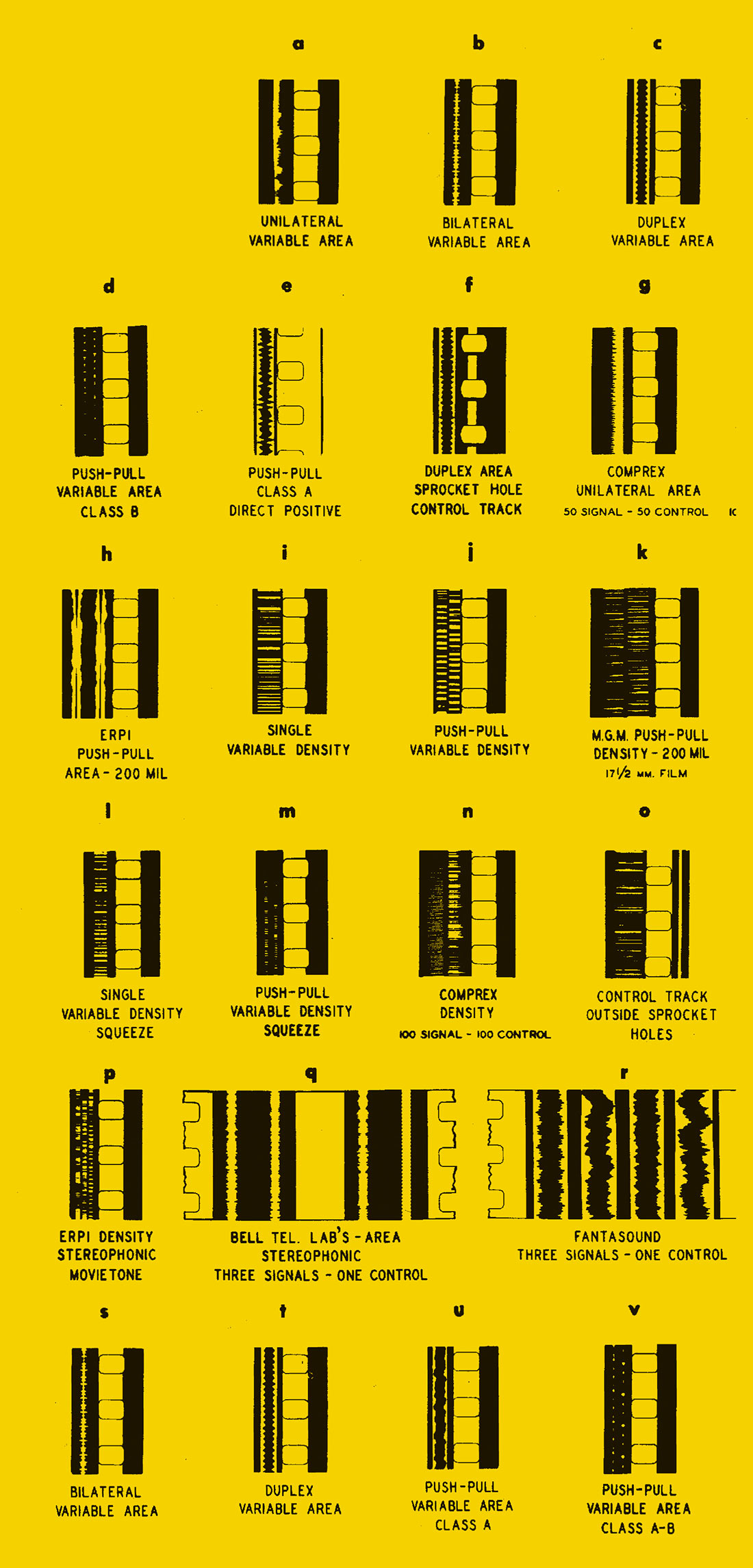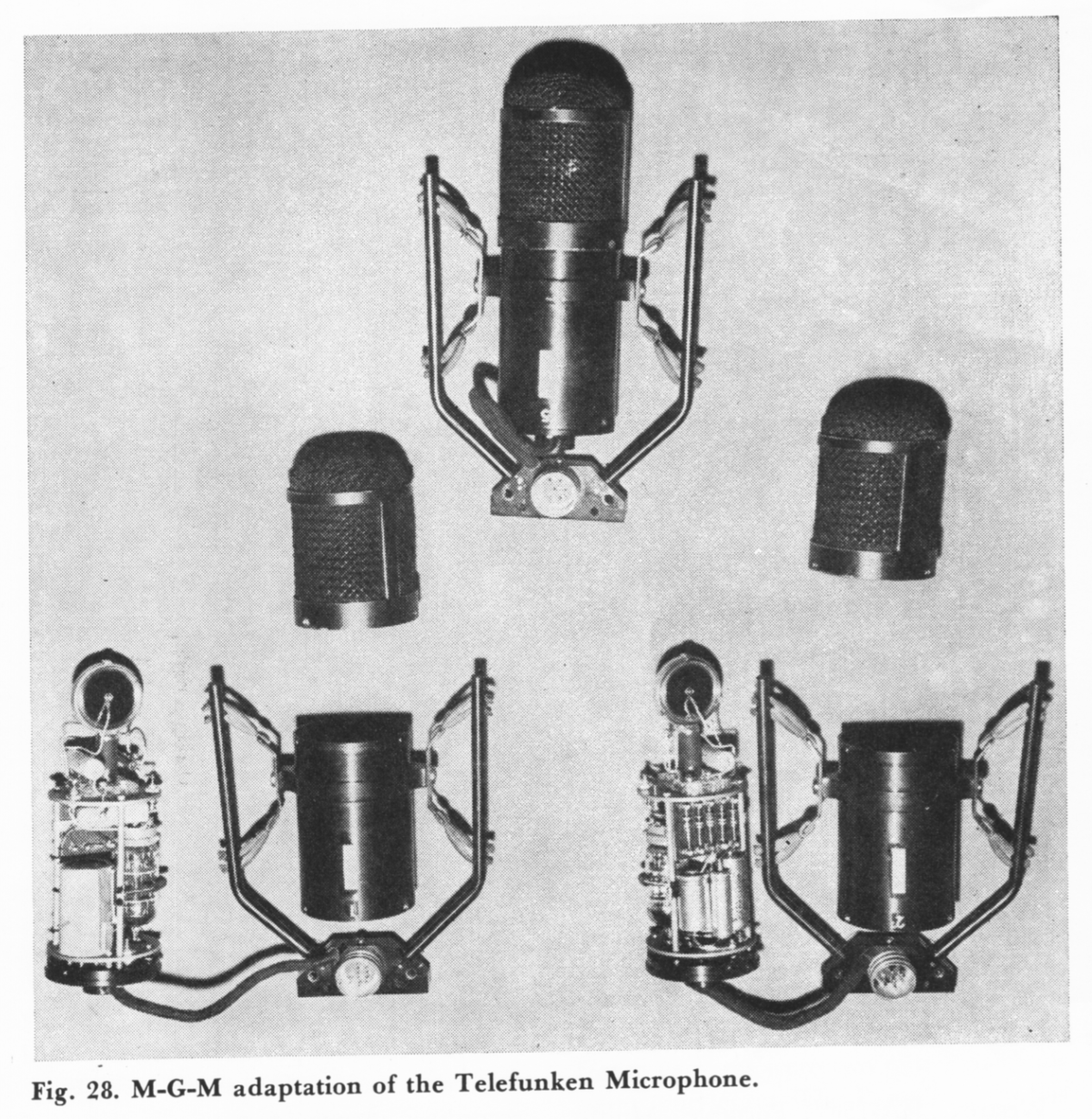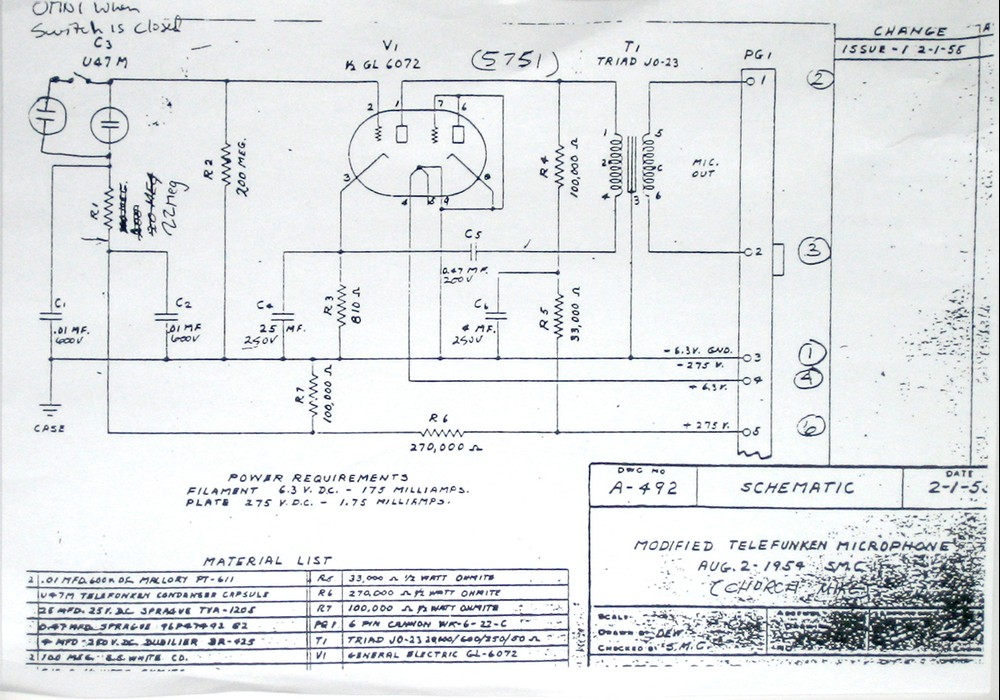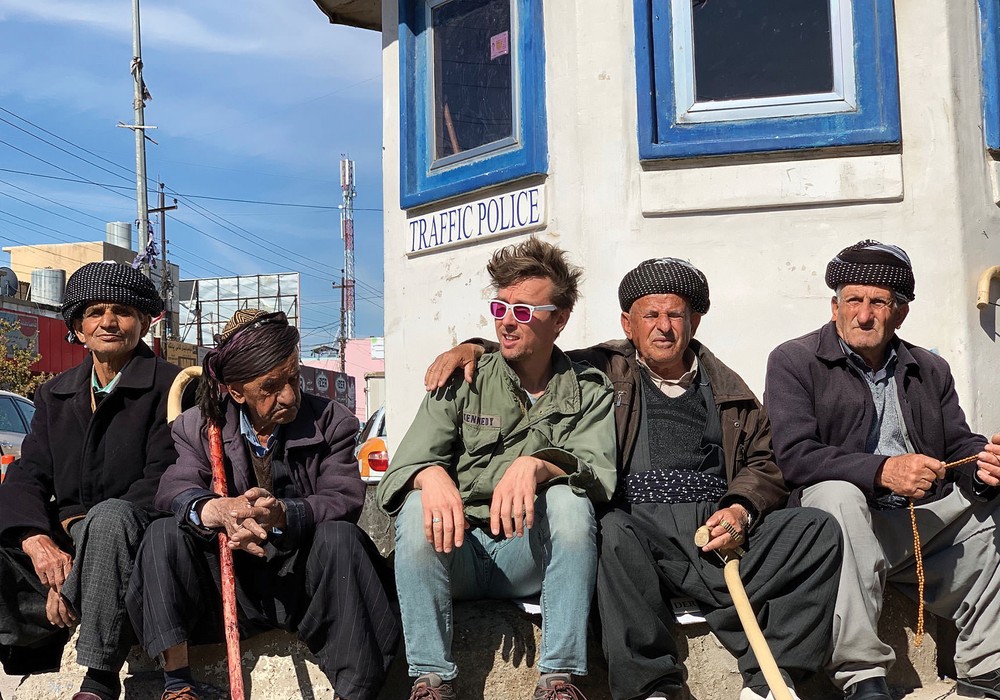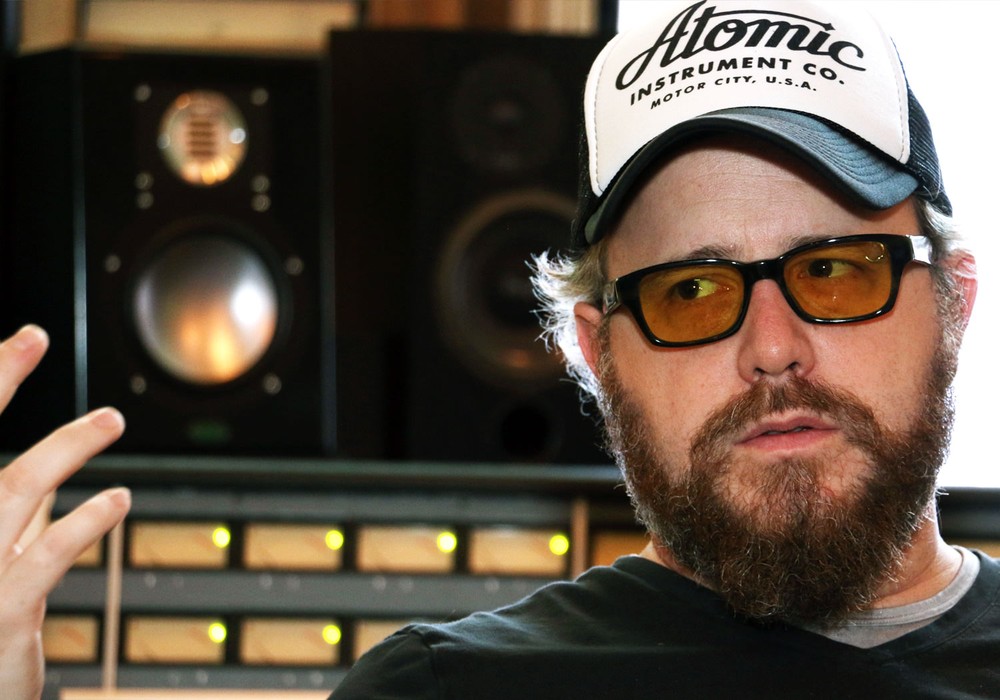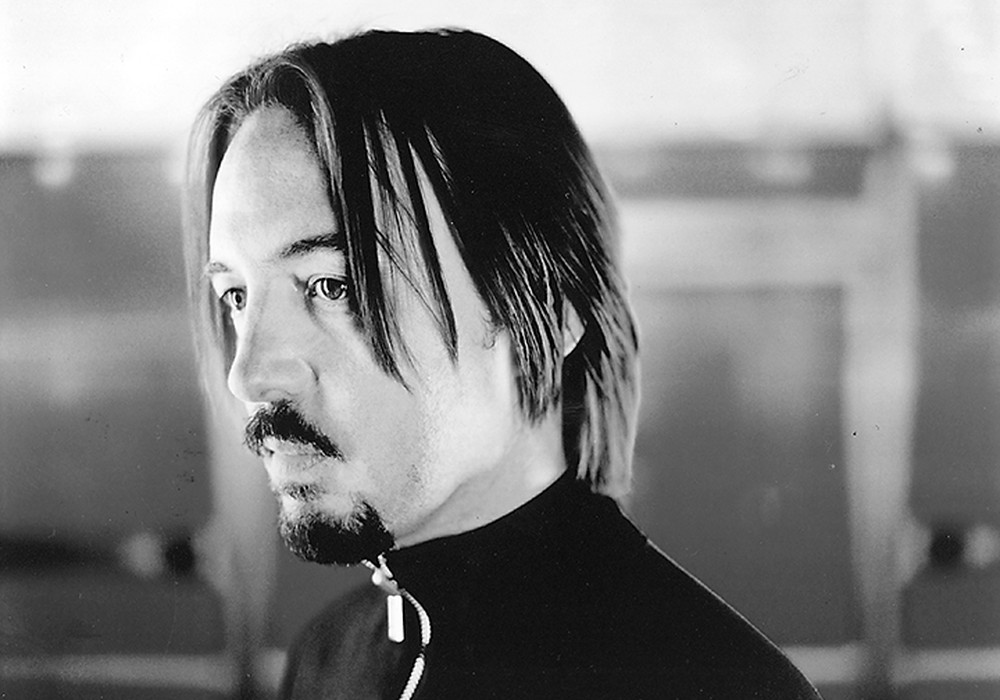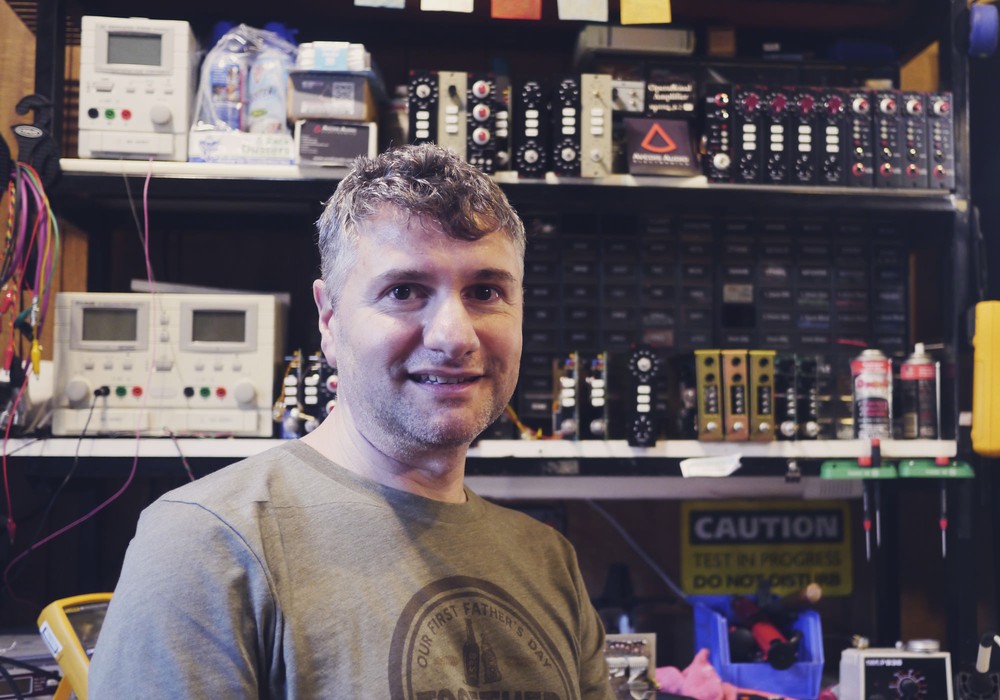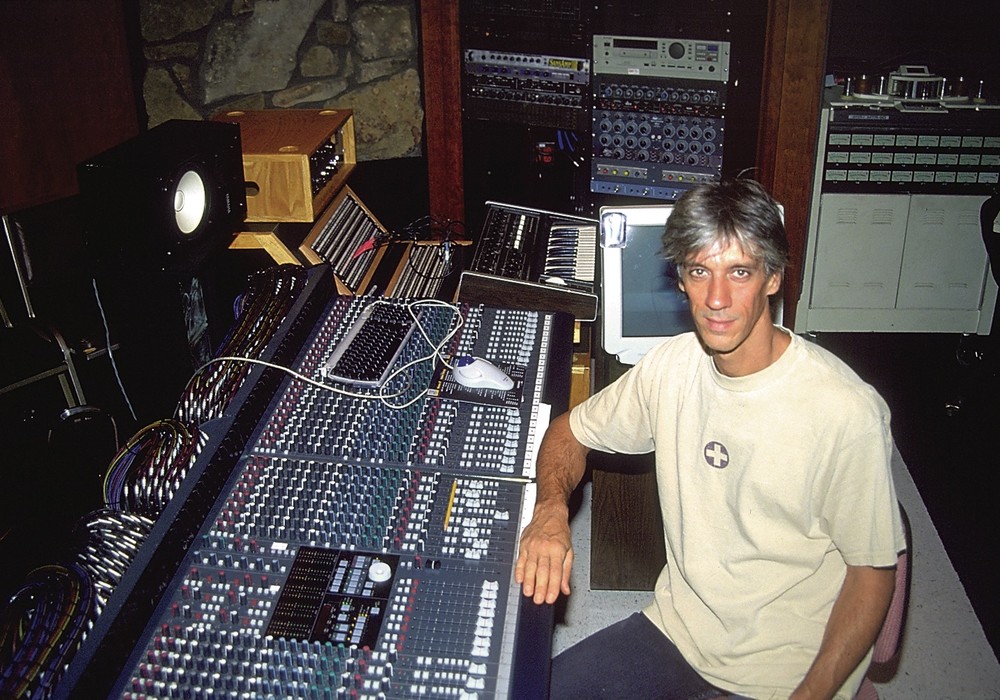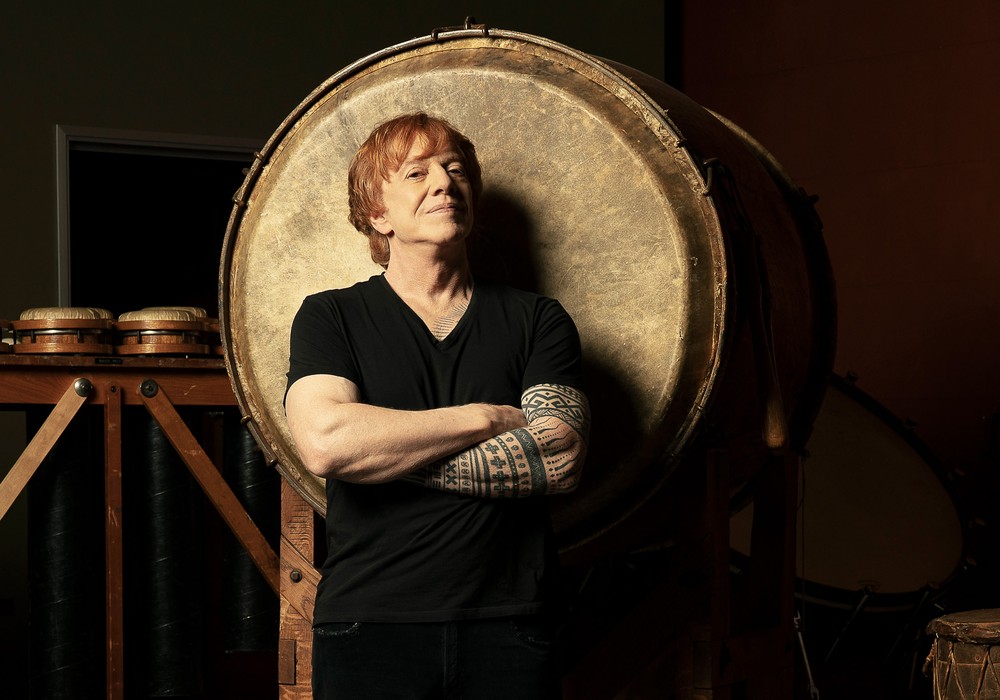In the Allen Sides interview in issue #106 of Tape Op, Allen mentioned owning a few Church mics and loving their sound. There's an interesting backstory to that microphone that I would like to share.
Stanley Church was Chief Sound Engineer for the famed Metro-Goldwyn-Mayer Sound Department in the '50s. They bought a then-new Telefunken-badged Neumann U 47 to test and found that it was not good for soundstage applications; particularly dialog recording. The mic body generated too much noise, the electronics output was too hot for their equipment (which had been designed for low-output ribbon mics), and the mic pickup patterns weren't ideal. Plus, no one at MGM wanted to deal with obscure German tubes and transformers. However, they loved the sound qualities of the mic, as its presence peak and sensitivity were very useful for distant mic'ing.
Church ordered a bunch (less than 100 but more than 12, based on the number of known Church mics) of U 47 capsules from Neumann and set out to build his own mic body and electronics, utilizing a 6072 vacuum tube with a high-voltage circuit (though there are at least three circuit variations known). He focused on using off the shelf, U.S.- available parts for the electronics, in keeping with the Hollywood tradition of using non-exotic gear that was easily and quickly replaceable if it failed during a production day (when potentially millions of dollars of talent were on set).
Church's "new" mic was written up in the SMPTE Journal's [Society of Motion Picture & Television Engineers] 1956 "Year In Progress" roundup (indicating that it made its debut in 1955), with a nice photo showing the mic's innards. The story told to me by my father, C. Robert Fine, and Bob Eberenz, his longtime associate, was that Church built the mics on his kitchen table, and built fewer than 100 of them.
When Stephen Temmer (Gotham Audio) took over distribution of Neumann mics in the U.S., he had Neumann stop selling capsules and other components to anyone else; and this happened around the time that Church mics were getting out into the field.** I don't know if this was the reason that the ultimate number of Church mics was so low, but it seems likely to have been a factor.
Apparently a small number of Church mics made it onto Hollywood soundstages, including MGM and others (as well as Todd-AO apparently, as that's where Allen Sides acquired his). About a dozen of them ended up owned by Everest Records in Bayside Queens, and were used to make Everest's classical recordings to 35 mm magnetic film between 1959 and 1961. My father acquired those Church mics when he bought Everest's studio in 1961. The mics were regularly used at Fine Recording sessions throughout the '60s. They were preferred to U 47s in certain settings. They were also used to make all of the Command Classics recordings in Pittsburgh, and elsewhere, engineered at various times by my father, Bob Eberenz, and Ted Gosman.
Another confirmed use of the Church mics was the Columbia album Cross-Country Concert by the Brothers Four folk group. That album was made up of weekly live recordings that had been a syndicated radio program, sponsored by a cigarette company (who used to hand out free smokes at the door of the college auditoriums where the Brothers Four played!). Bob Eberenz made those recordings using six Church mics (one on each musician, plus stereo audience pickup), two Ampex MX-35 mixers, and a pair of Ampex 601-2 portable tape recorders. Bob told me he very much liked the Church mics...
